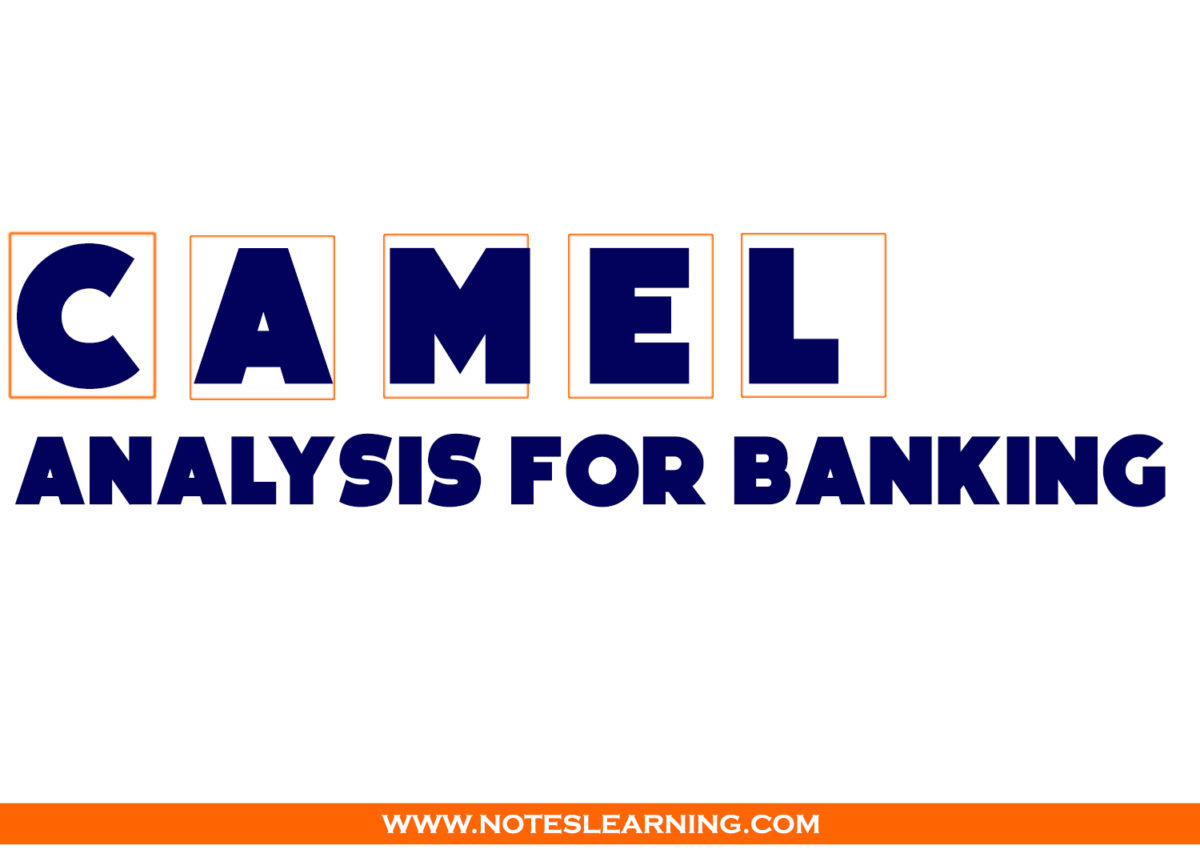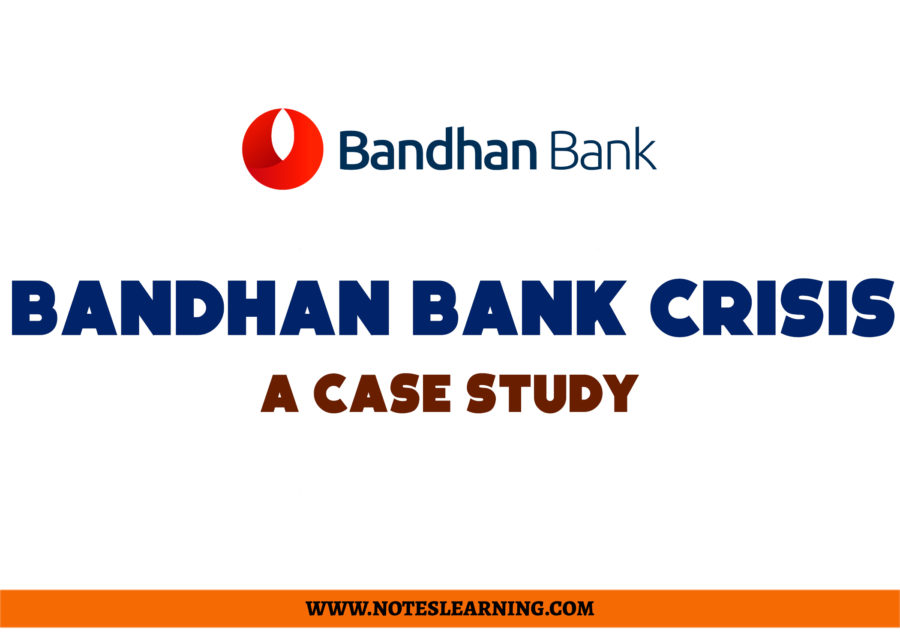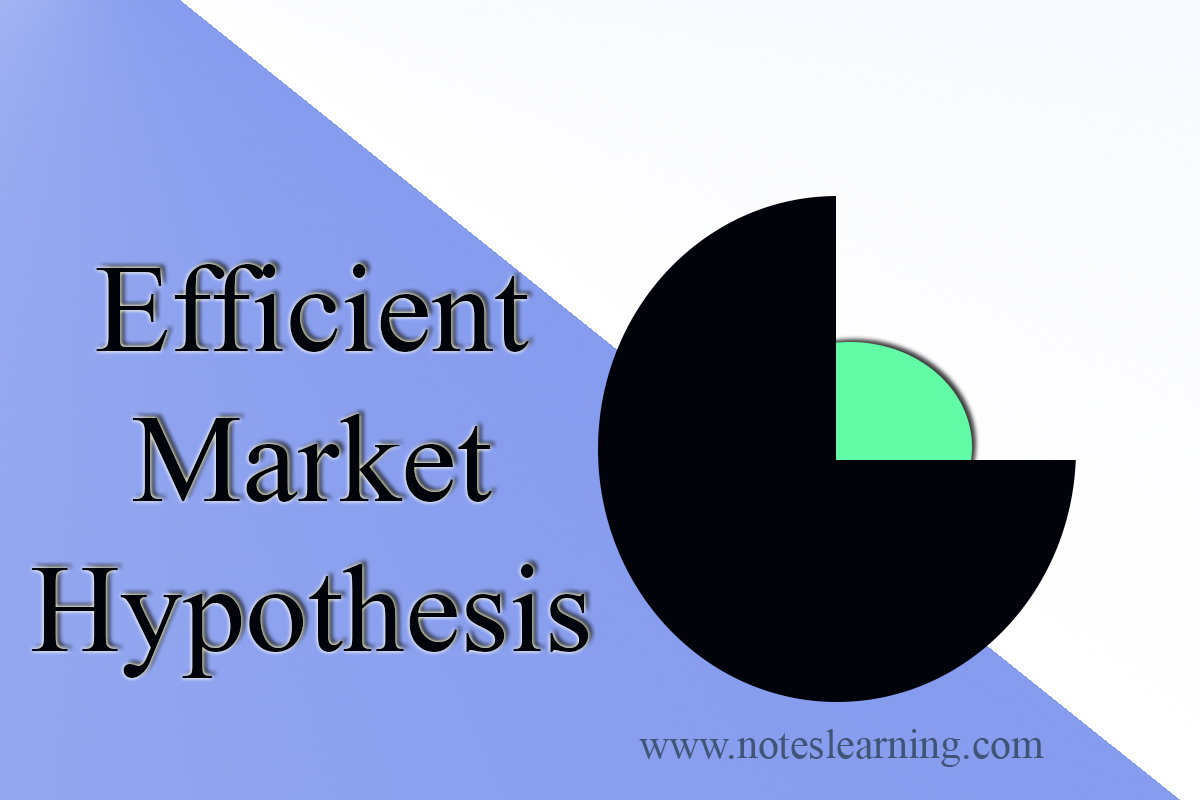CAMEL Analysis for Banking
CAMEL Analysis: Introduction The CAMEL analysis framework was made as part of the “Uniform Financial Institutions Rating System” and it is developed by three federal banking supervisors of the U.S. in the 1970s. The Federal Reserve, Federal Deposit Insurance Corporation, and the Office of the Comptroller of the currency developed the CAMEL system to provide … Read more










